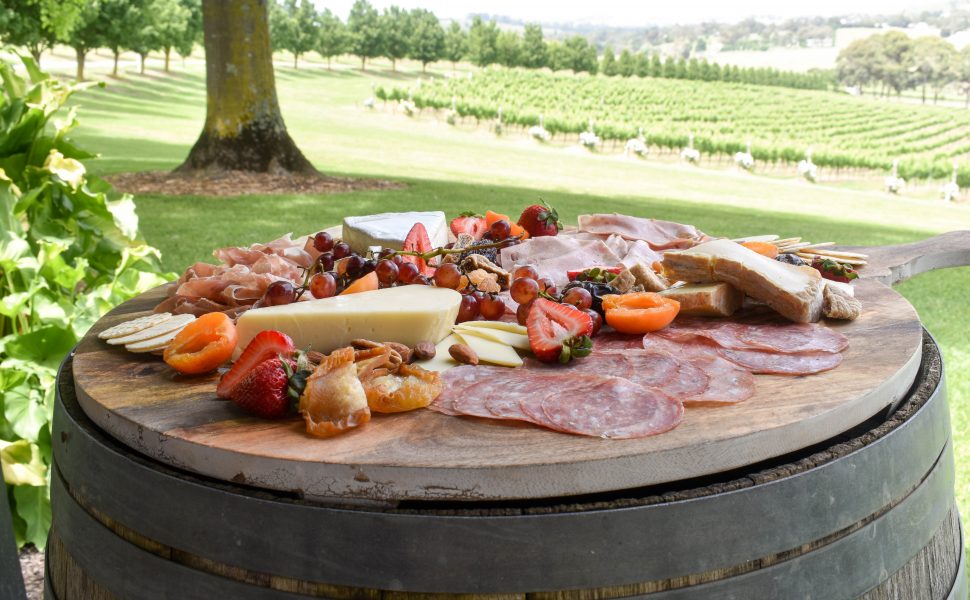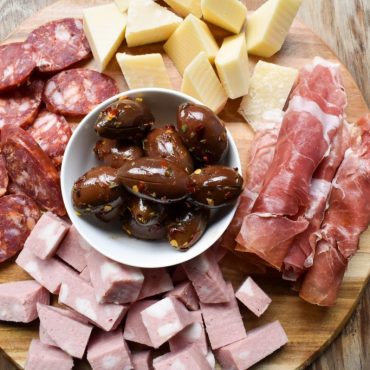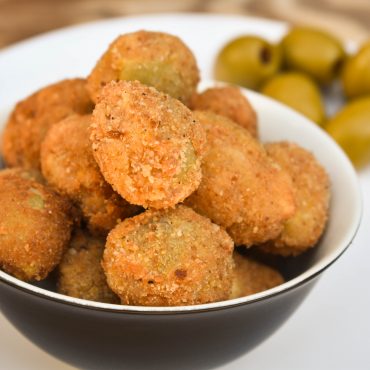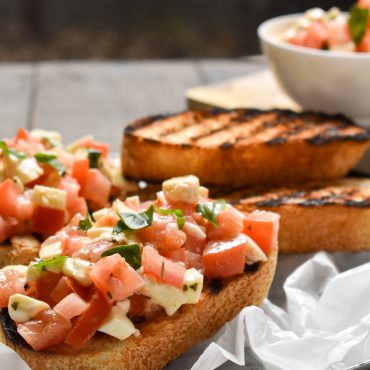Ultimate antipasto platter
- 250g approx. double or triple cream soft cheese such as Brie or Fromager D'Affinois (my pick), whole or cut into triangular wedges
- One or two semi-soft cheeses such as Fontina Val D’Aosta and/or Taleggio (240g approx. per piece), whole or sliced
- 230g approx. Provolone (or Parmigiano), whole or sliced
- 150g approx. blue cheese such as Gorgonzola dolce (mild), cut into thin triangular wedges - optional
- 10 slices Prosciutto
- 20 slices Salami
- 10 slices Mortadella
- Small container of marinated green and black olives – see note in step 4
- Strawberries, grapes, apricots, dried fruit such as dried pears and dates, almonds or other fruit and nuts of your choosing
- Crackers (wafer-thin and/or sturdy) and crusty bread such as sourdough, plain baguette or ciabatta bread
Requires: Wooden or slate chopping board and various cutting knives to serve
Choose the board/platter to serve the ultimate antipasto entertainment platter. A wooden chopping board creates a traditional and rustic look. Slate is a good look for a more modern design where the dark colour of slate provides a great contrast to the light-coloured cheeses and bright fruit.
The shape of the board will determine how to arrange the cheese. For a long rectangular platter, arrange the freshest soft cheese in the far left. Arrange the gorgonzola and semi-soft cheeses, flowing through to the most intense Provolone (or Parmigiano) in the far right. For a round platter (or even a square one) arrange the cheeses in a clockwise direction of the freshest, medium and lastly most flavour intense. These cheese selections are a suggestion however feel free to add in your favourites instead – the rules are there are no rules with an antipasto platter.
Once the cheese has been assigned the prime real estate on the board, it is time to arrange the cold meats (known in Italian as salumi). I have chosen to serve Prosciutto, Salami and Mortadella however get creative and choose cold meats that look irresistible. Create a different fold or arrangement of cold meats on the entertainment platter for visual interest. Arrange the cold meats as follows:
• Long and thin cold meats like prosciutto by holding vertically and then lay down on the platter with a light twist of the hand
• Small and thin circular cold meats like salami or Bresaola by slightly overlapping them on the board (my pick) or rolling them in a small cone and arranging in small stacks
• Large and thin circular cold meats such as mortadella by folding in half, and then half again (my pick) or roll them into a small cone.
Fill a little bowl with a mixture of marinated green and black olives which are available from a delicatessen.
Note: You can also marinate your own olives using a good quality extra virgin olive oil, rosemary, crushed fennel seeds and red pepper flakes. Olive varieties Kalamata, Castelvetrano, Luque (which are often stuffed with sweet peppers), Picholine, Gaeta and Cerignola make great choices for an antipasto platter.
Next it is time to fill in spaces with fresh/dried fruit and nuts. I have used strawberries, grapes, apricots, almonds, dried pears and dates. The good news is that cheese pairs well with spring/summer and autumn/winter fruits.
Refrigerate the antipasto platter until 30 minutes before serving. An important detail is to serve your antipasto platter with separate cutting tools (knives) for each cheese.
Before serving, add bread the and crackers. Serve one or two varieties of crackers (wafer-thin and/or one more sturdy) with only a small number of crackers on the platter and the remaining crackers on a separate plate. Arrange crackers fanned along the edges of the cheese plate to make them easy to grab. You can also serve tall grissini in a glass for height.
Remove the antipasto platter from the fridge at least 30 minutes before serving to enhance the taste.
Buon appetito!




